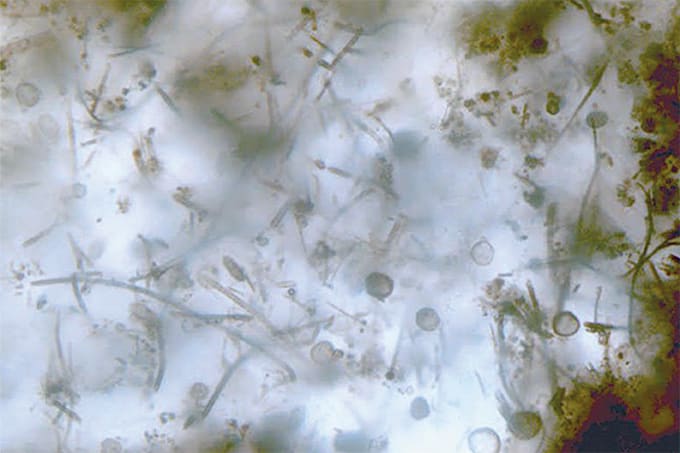
Growth-promoting drugs banned in sport were detected in beef sold across the US – but at levels far below regulatory limits, according to a new surveillance study using anti-doping laboratory methods. The findings suggest that athletes are highly unlikely to fail a drug test from consuming meat in typical quantities.
The year-long investigation, led by researchers at Texas Tech University in collaboration with UCLA’s Olympic Analytical Laboratory and the United States Anti-Doping Agency (USADA), analyzed beef, pork, and chicken from retail outlets in eight US cities. Samples were screened for a panel of prohibited substances – including anabolic steroids, β-agonists, and selective androgen receptor modulators – using liquid chromatography with high-resolution tandem mass spectrometry (LC-HRMS/MS), the same technique routinely used to test athletes’ urine and blood samples.
Thirteen of 53 beef samples tested positive for ractopamine, with a maximum level of 14 ng/g in liver – well within FDA and Codex Alimentarius safety thresholds. Trenbolone and estradiol were also detected in beef samples but remained below regulatory limits. Pork and chicken showed negligible levels of contamination. Only one pork kidney tested positive for nandrolone and estradiol at trace levels – likely due to natural hormone production – with most pork and chicken samples containing no detectable residues.
“The findings suggest that positive tests resulting from meat consumption are highly unlikely when consumed in amounts consistent with typical daily diets,” the researchers concluded. “This study reinforces the effectiveness of current regulatory practices in limiting growth promoter residues in commercial meat.”
Elite Athletes: Watch Who You Kiss
While the US meat supply appears to pose little threat to athletes under current testing thresholds, a separate risk has gained attention: the potential for banned substances to be transmitted through intimate contact.
At a recent Sports Resolutions conference in London, leading lawyers and anti-doping experts warned elite athletes to avoid one-night stands due to concerns that sexual contact with individuals using performance-enhancing drugs could lead to inadvertent doping violations.
“I think based on the cases we’ve seen, watch who you kiss and watch out who you have an intimate relationship with,” said Travis Tygart, the head of the US Anti-Doping Agency, as reported by The Guardian.
Is it really possible that intimate contact could lead to a doping violation? In 2024, French researchers published a case study documenting the first confirmed instance of ostarine – an anabolic SARM prohibited in sport – being transferred via body fluids between romantic partners.
The athlete in question, a fencer, tested positive following a competition, despite denying intentional use. Her partner later admitted to using 25 mg of ostarine daily, and a controlled contamination study was conducted under supervision.
The study replicated the conditions of the original test day, including timed kissing intervals. Liquid chromatography–tandem mass spectrometry revealed that the athlete’s urinary concentration reached 13 ng/mL – the same level as in her initial doping control – despite her never having ingested the substance directly. Ostarine was also detected in her hair, nails, pillowcases, and hairbrush, confirming both bodily and environmental contamination.
The researchers concluded that “contamination by the boyfriend and intimate contacts (mainly kissing) could also occur with ostarine” and warned that a dose as low as 15 µg – transferred via saliva – was sufficient to trigger an adverse analytical finding under World Anti-Doping Agency rules.




